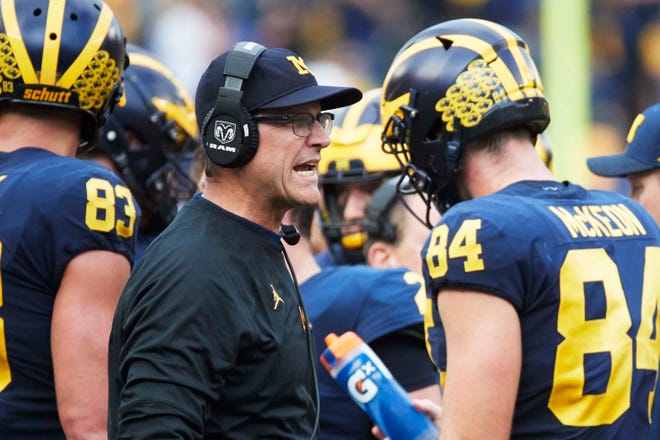NCAA Football Transfer Rules

Have you found a better school where you can pursue your dreams? Then transferring can be an essential step towards achieving your goals. However, if you participate in NCAA Football, some rules can limit you from moving. If you ignore or break the rules, you are likely to be penalized or be banned from playing college sports again. Therefore, before you take any step towards transferring, you must understand transfer regulations. Luckily, this article offers simplified rules that you should follow.
Transfer Timing
 You probably are wondering about the right time to change schools. Although many people are eager to transfer as soon as they realize they no longer want to attend their current school, NCAA footballers must be cautious.
You probably are wondering about the right time to change schools. Although many people are eager to transfer as soon as they realize they no longer want to attend their current school, NCAA footballers must be cautious.
Getting into the transfer portal of NCAA affects scholarship. Furthermore, if you file a transfer in advance, your playing time in the school to leave can be affected. For instance, the coach can start to plan the future without you. Therefore, it is most likely that the coach will bench you, limiting your time of play.
Transfer Between Divisions
If you are planning to join a division two or one schools from a division three school, you have to enroll with the NCAA eligibility center. However, if you move from a division three schools to another in division three, you don’t have to register with the eligibility center.
Transfer Frequency
If college players have transferred before, they could be wondering if they are allowed to make another transfer. If you were in a four-year college and moved to junior schools, you won’t be penalized to get back to the four-year school. However, if your transfer is from four-year College to others of the same level, you will lose a year of NCAA football eligibility. Still, there are some exceptions for special cases.

